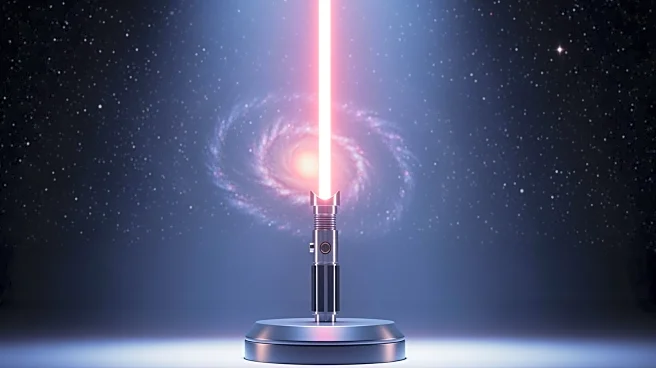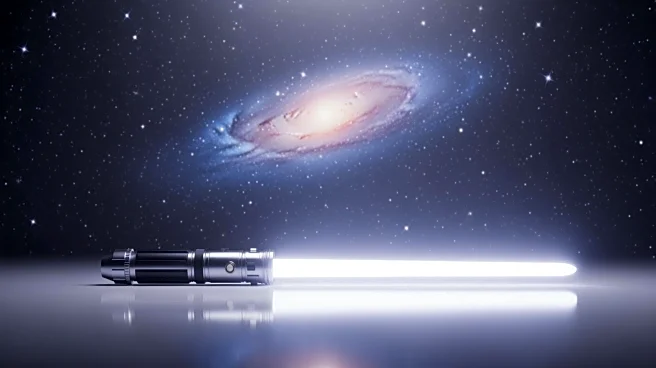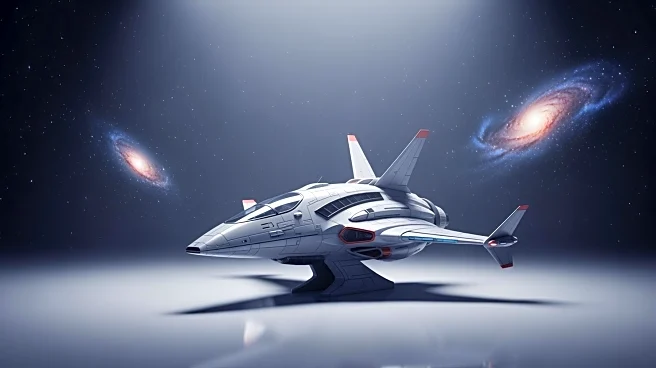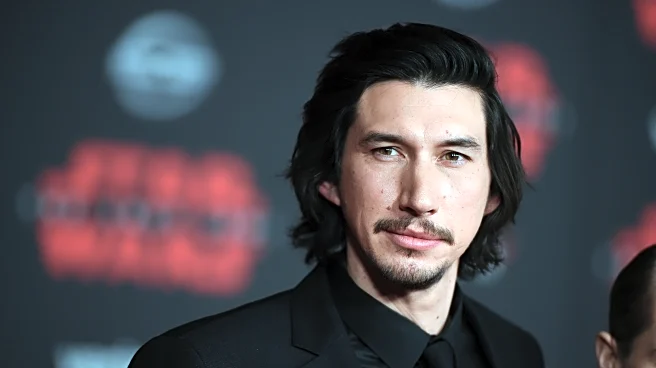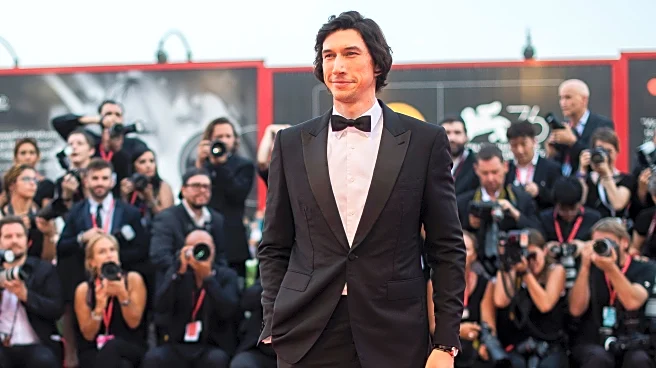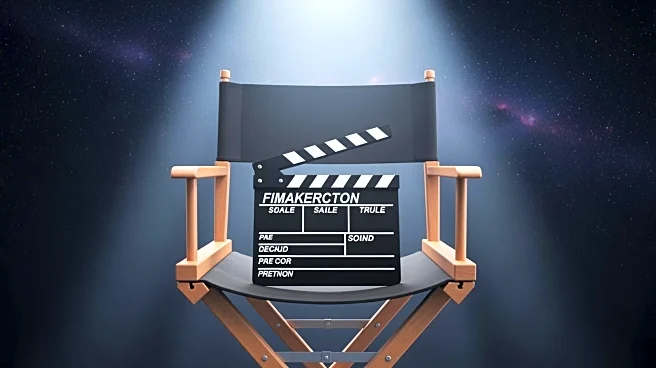What's Happening?
Adam Driver, known for his role as Kylo Ren in the Star Wars Sequel Trilogy, revealed that Disney rejected a proposed film centered on his character, Ben Solo. The project, titled 'The Hunt for Ben Solo,'
was developed over two years with director Steven Soderbergh. Despite interest from Lucasfilm executives, including Kathleen Kennedy, Cary Beck, and Dave Filoni, Disney CEO Bob Iger and co-chair Alan Bergman declined the proposal. The script, written by Scott Z. Burns, was described by Driver as one of the coolest he had ever worked on. The rejection was based on Disney's view that Ben Solo could not be alive, following his death in 'The Rise of Skywalker.'
Why It's Important?
The decision to reject the film highlights Disney's strategic direction for the Star Wars franchise, focusing on new narratives rather than revisiting past characters. This move may impact fan expectations and the franchise's creative evolution, as Disney continues to explore different storylines. The rejection also underscores the challenges faced by actors and creators in reviving popular characters within established franchises. For the industry, it reflects the balance between creative ambition and corporate decision-making, potentially influencing future projects and collaborations within the Star Wars universe.
What's Next?
Disney and Lucasfilm are moving forward with other Star Wars projects, including 'The Mandalorian and Grogu' set for release in 2026, and 'Star Wars: Starfighter' in 2027. These projects indicate a shift towards new characters and stories, leaving fans uncertain about the future of beloved characters like Ben Solo. The franchise's direction will likely continue to evolve, with upcoming films and series shaping the Star Wars narrative landscape. Stakeholders, including fans and creators, will be watching closely to see how these new projects are received and how they influence the franchise's legacy.
Beyond the Headlines
The rejection of 'The Hunt for Ben Solo' raises questions about the creative control and vision within major franchises like Star Wars. It highlights the tension between artistic expression and commercial interests, as well as the impact of executive decisions on storytelling. This situation may prompt discussions about the role of corporate influence in shaping cultural icons and the potential for innovative storytelling within established universes. The decision also reflects broader industry trends where legacy characters are often sidelined in favor of new narratives, affecting fan engagement and franchise loyalty.


